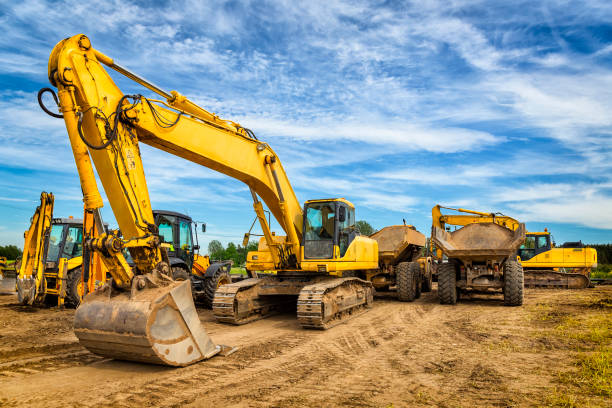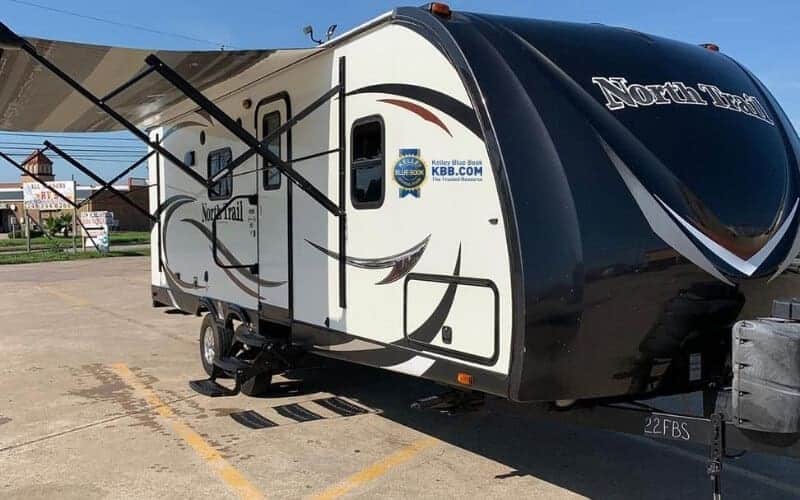Squatted trucks, also known as California leans, Carolina squats, or Tennessee tucks, are becoming more and more popular in the United States, especially in southern states. This trend involves lowering the front part of the truck and raising the rear, giving the truck a sloping appearance.
There are benefits and drawbacks to this trend. On one hand, squatted trucks can give trucks a more aggressive and customized look. With the right modifications, a squatted truck can increase ground clearance, improve handling, and enhance performance. Squatted trucks also have a unique aesthetic appeal that sets them apart from regular trucks.
On the other hand, there are also drawbacks to this trend. Squatted trucks can impact the overall functionality of a truck, including reducing fuel efficiency, affecting suspension and braking performance, and compromising stability. Squatted trucks also have raised safety concerns. Some critics of this trend argue that the squatting can make driving conditions more dangerous, and that other drivers on the road may have a harder time seeing the lowered front-end.
The Pros and Cons of Squatting Your Truck
If you’re considering modifying your truck for a squatted look, it’s important to weigh the pros and cons. In terms of pros, squatting your truck can offer enhanced clearance, making it easier to drive over rough terrains. Squatted trucks often have an aggressive look, which can appeal to truck enthusiasts.
However, squatting your truck can also have several disadvantages. Squatted trucks can lead to reduced ground clearance, which can be dangerous when driving on high curbs or in intersections with steep ramps. Squatting your truck can also cause alignment issues and excessive tire wear. Additionally, squatting your truck can lead to poor handling, as it affects the center of gravity, balance, and stability of your vehicle.
In conclusion, if you choose to squat your truck, make sure you weigh the pros and cons and do so safely. Ensure that you are following all necessary regulations and laws in your state or country to prevent any legal issues.

How to Squat Your Truck Safely
Squatting your truck can be a complicated and potentially risky process. If done improperly, it can lead to a slew of safety hazards. If you decide to squat your truck, it’s important to do so safely and legally. Here are some tips to make sure that your vehicle remains safe and legal:
- Consult with a professional mechanic or truck specialist to ensure safety and compliance. Proper alignment, driveline angles, and suspension modifications are crucial.
- Purchase lowering kits specifically designed for your make and model of truck. Do not attempt to use makeshift preventative measures.
- Avoid excessive lowering of the front or back-end of your vehicle. Avoid going beyond 4 inches in any direction.
- Be mindful of height restrictions and ground clearance implications.
- Make sure that your headlights are properly adjusted.
- Be aware of how squatting can affect braking, handling, and ride quality.
The Legal Implications of Squatted Trucks
Squatted trucks provoke polarizing opinions with different views regarding their legality. The laws surrounding squatting vary widely from state to state, making it challenging to find definitive information. Federal regulations exist with requirements for headlight height, but state regulations take over for bumper height requirements.
In some states, squatted trucks are not considered street legal, and driving them can result in fines and/or impounding of your vehicle. Other states have no regulations or restrictions whatsoever, leaving drivers with more freedom to modify their vehicles as they see fit. In most circumstances, squatted trucks are seen as violation of state-level bumper height rules.
If you’re considering squatting your truck, it’s important first to check with the specific regulations for your state or region. Local laws can have varying requirements on bumper clearance, headlight height, and even tire width. Be aware that failure to follow these laws can lead to legal problems, fines, or even impounding your vehicle.
Controversies Surrounding Squatted Trucks
The trend of squatted trucks has stirred up some controversies among truck enthusiasts and the general public. Detractors of the trend argue that squatting trucks is not only risky and illegal but also adds no value to the functionality and performance of the vehicle.
Some also criticize the trend on the grounds of safety, as lifted rear-ends can create blind spots on the road, especially when driving behind other vehicles. Additionally, squatted trucks appear to cause traffic issues and irregular load distribution.
One other criticism of squatted trucks is that they may sound alarms to various authorities. Law enforcement traditionally sees modified vehicles as modded for running illegal drugs, which makes it necessary to have the documents that specify you have followed every one of the necessary procedures to make the squatted truck roadworthy.
Is the Squatted Truck Trend Here to Stay?
The squatted truck trend has been around for a while now and has gained a considerable following since the mid-2010s. But how long will it last? The trend has received a lot of negative feedback in recent years, with critics citing safety concerns and its potential illegality. Experts suggest that the trend will continue to grow but at a slower pace than before.
The future of squatted trucks also depends on government regulation. As of today, the majority of states in the US have not set legal bumper height limits, which leaves loophole for truck modifications. Many speculate that increasing safety concerns may require authorities to introduce stricter regulations in the future. If stricter regulation arrives, the trend may fade away.
In conclusion, the squatted truck trend has both its supporters and detractors. While it makes a vehicle stand out with a unique appearance, the safety concerns and legal implications cannot be understated, making it necessary to know the legal boundaries before squatting your truck.








